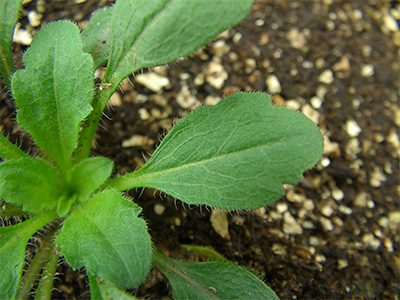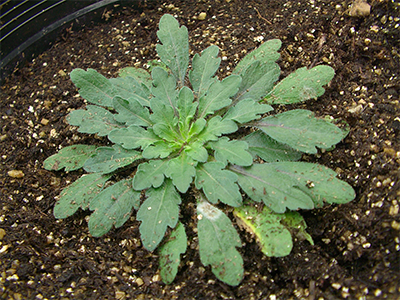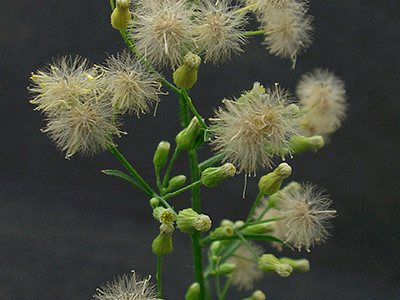Canada fleabane first appeared in Ontario in 2010 and by February 2021, populations resistant to herbicide Groups 9 and 2 were identified throughout Ontario’s soybean growing regions. In one worrying development, biotypes resistant to Group 22 were found in Essex County.1
Canada fleabane seeds can germinate all year, but most do so from late summer to early fall, forming overwintering rosettes – like any winter annual. Spring-germinating seeds just skip over the dormancy period and grow to maturity like any other summer annual. And there’s the rub – Canada fleabane is constantly emerging. It produces fluffy flowers that, in the same manner as dandelions, disperse tiny, parachute-packing seeds over long distances in the wind.
This is one of the most tenacious and prolific weeds facing soybean growers and dealing with it requires an equal amount of tenacity and planning. There are three main things to consider when it comes to managing resistant and non-resistant Canada fleabane in soybeans:
- Early removal is essential. The critical weed-free period in soybeans is from the first to third trifoliate, which means pre-emergent herbicides and residual activity are a cornerstone when it comes to managing Canada fleabane.
- Follow a Program Approach with MMOA for best control. Since most Canada fleabane is herbicide resistant, ensure you use multiple modes-of-action (MMOA) for improved control and resistance management. Make sure to include effective herbicides like metribuzin.
- Consider a fall burndown. One Canada fleabane plant can product up to 200,000 seeds, so if weed pressure is high, think about a fall burndown to keep it in check.









